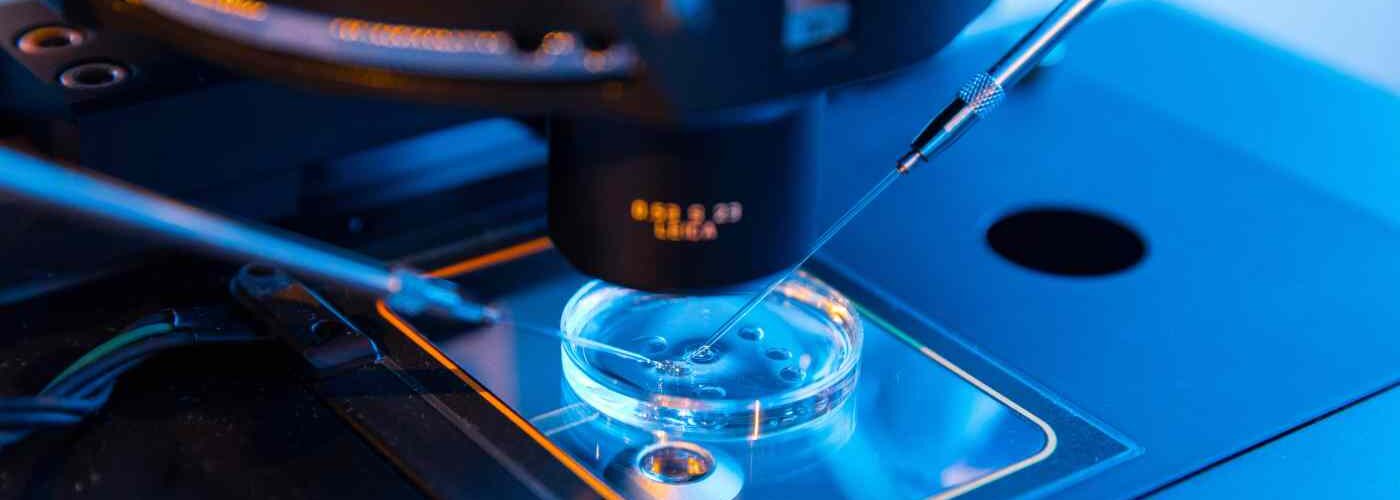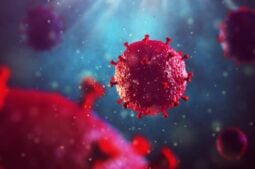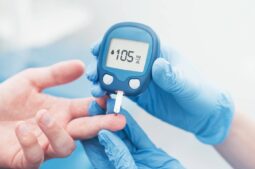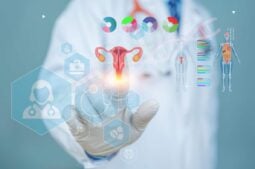
Biomedical research is making significant strides through the use of organoids in the laboratory. These three-dimensional structures, developed from cells, mimic the function of the organs or tissues they represent. This allows researchers to study how tissues respond to specific treatments in a highly accurate way—an approach that is increasingly being applied to clinical care.
At the 81st Congress of the American Society for Reproductive Medicine (ASRM), held in Texas, IVI presented two studies focused on fertility preservation and the repair of damaged uterine tissues. In both cases, organoid technology played a central role.
Repairing Ovarian Damage in Oncology Patients
One of the patient profiles often seen in fertility clinics includes women who have experienced ovarian damage as a result of cancer treatments. To advance fertility options for this group, the research team at the IVI Foundation, led by Dr. Irene Cervelló, developed ovarian organoids using cryopreserved ovarian tissue. This tissue was donated by patients with non-gynecological cancer who preserved their fertility before undergoing treatment but later chose not to use the tissue and donated it for research.
The scientific poster titled “Derivation of human ovarian organoids from cryopreserved cortex tissue: a step forward in reproductive bioengineering” presents the study of these organoids, which replicate both the form and function of the human ovary.
Dr. Irene Cervelló, principal investigator of the “Stem Cells and Uterine Bioengineering” group at the IVI Foundation and the Health Research Institute La Fe in Valencia, explains the importance of this finding: “This represents a key innovation in ovarian bioengineering. By deriving healthy ovarian epithelial organoids from cryopreserved human ovarian cortex tissue, we can generate functional ovarian models to study ovarian physiology, assess drug toxicity, and develop personalized therapies for many women.”
In other words, the findings from this research could enable highly personalized reproductive solutions for cancer patients.
Advances in Uterine Regeneration
Another line of research presented at the congress focused on endometrial health—one of the key factors in achieving pregnancy. In this case, researchers used endometrial organoids embedded in a hydrogel composed of decellularized porcine endometrial tissue and PuraMatrix. These organoids were then injected into damaged mouse uteri.
This research was presented as an oral communication titled “Human endometrial organoids and hybrid extracellular matrix hydrogels: a novel bioengineering strategy for uterine regeneration in preclinical models.”
The study yielded conclusive results for the following parameters:
- Endometrial structure
- Glandular regeneration
- Vascularization
- Fibrosis
- Various molecular markers
Dr. Cervelló summarized the significance of these advances: “The combination of human organoids and a hybrid hydrogel promotes effective endometrial regeneration in models of severe damage, both structurally and at the molecular level. This bioengineering strategy offers a promising model for repairing damaged uterine tissue and restoring its functionality—addressing common causes of female infertility.”
The results showed increased endometrial thickness, a greater number of glands resembling healthy tissue, enhanced vascular formation, reduced fibrosis compared to cell-free groups, and a significant decrease in oxidative stress-related cell death. At the molecular level, the treated tissue exhibited a gene expression profile more similar to healthy endometrium, with activation of regeneration pathways and reduction in fibrotic processes.
These findings point toward potential new treatments for conditions such as Asherman’s syndrome, thin endometrium, or endometrial atrophy.
Organoids in Research
As highlighted, using organoids in research enables more precise observation of how organs respond to specific drugs or treatments. This in turn helps develop more personalized therapeutic solutions for individual diagnoses.
In the field of fertility treatments, this aligns perfectly with IVI’s commitment to tailoring every protocol to the needs of each patient. At the ASRM Congress, IVI presented 20 studies with meaningful conclusions aimed at improving the prognosis for women turning to fertility clinics to build their families.





Comments are closed here.